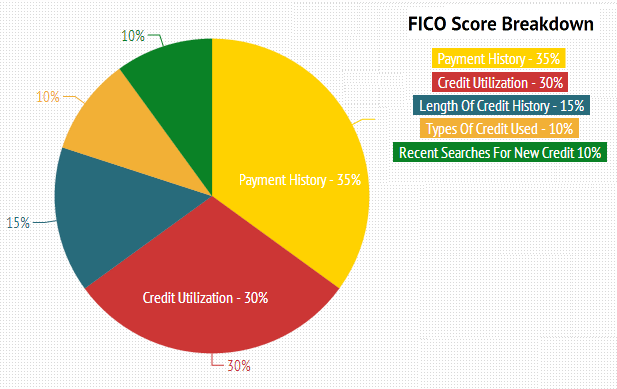
Credit card companies have several products and services. The best way to compare these products is online. There are websites that can evaluate different products and then group them according to their main functions. These sites can be used to search for student credit cards. They will also list their rates as well as benefits. These sites can be used to compare the pros and cons of different credit cards if you are looking for one.
From card issuer to issuer, interest charges can vary widely
There may be different interest rates depending on which issuer you have. Some issuers have "teaser rates", which are zero percent in the first few months and up to 40 percent the rest of the calendar year. Individual states also determine interest rates. Rates can vary in states like South Dakota where there are no interest rates limits or Delaware where the usury laws have weaker provisions.
The interest rates charged on credit cards are different for different creditworthiness levels. There may be a higher rate for borrowers who have less credit and lower rates for those who have more. The prime interest rate banks charge to their most creditworthy clients determines your interest rates.

Interest rates vary widely from card issuer to card issuer
Although the average interest rate for credit cards is subject to change, it is typically around 17% in the first half 2019. NerdWallet says that interest rates on credit cards are determined based on consumer credit ratings. A higher credit score is associated with lower rates. Higher credit scores are associated with lower rates.
Certain banks have raised interest rates while others have increased fees as a result of new rules regarding credit card charges. Consumers are advised to compare credit card fees and research their costs.
Benefits of a balance-transfer credit card
Balance transfers are a great way of improving your credit score. But, they can take time to show results. Failure to pay your balance on time can lead to more debt and a higher ratio of debt-to credit. Additionally, a balance transfer can have a negative affect on your credit history and could even cause an increase in interest rates.
A balance transfer can be used to transfer a credit-card balance to a new card with a lower interest. This can lower your monthly payments and make it easier to pay off your balance quicker. Many balance transfer credit cards offer introductory periods with 0% APR. These rates can be extended for up to 21 months.

Interest charges on credit card loans
The amount you borrow and whether or not you balance transfer, as well as the type of purchase, will affect the interest rate on credit card loans. The interest rate on your credit card may also differ based on your credit score and the credit card issuer. The APR, also known by the annual percentage, measures interest expenses for a calendar year.
Interest expenses on credit cards are an ongoing expense that you must pay. The APR is the annual percentage rate charged by credit card issuers. This information can be found in terms and conditions. The federal rates may cause the APR to fluctuate. Credit CARD Act of 2009 forbids issuers to increase the rate without prior notice.